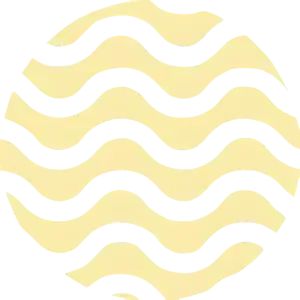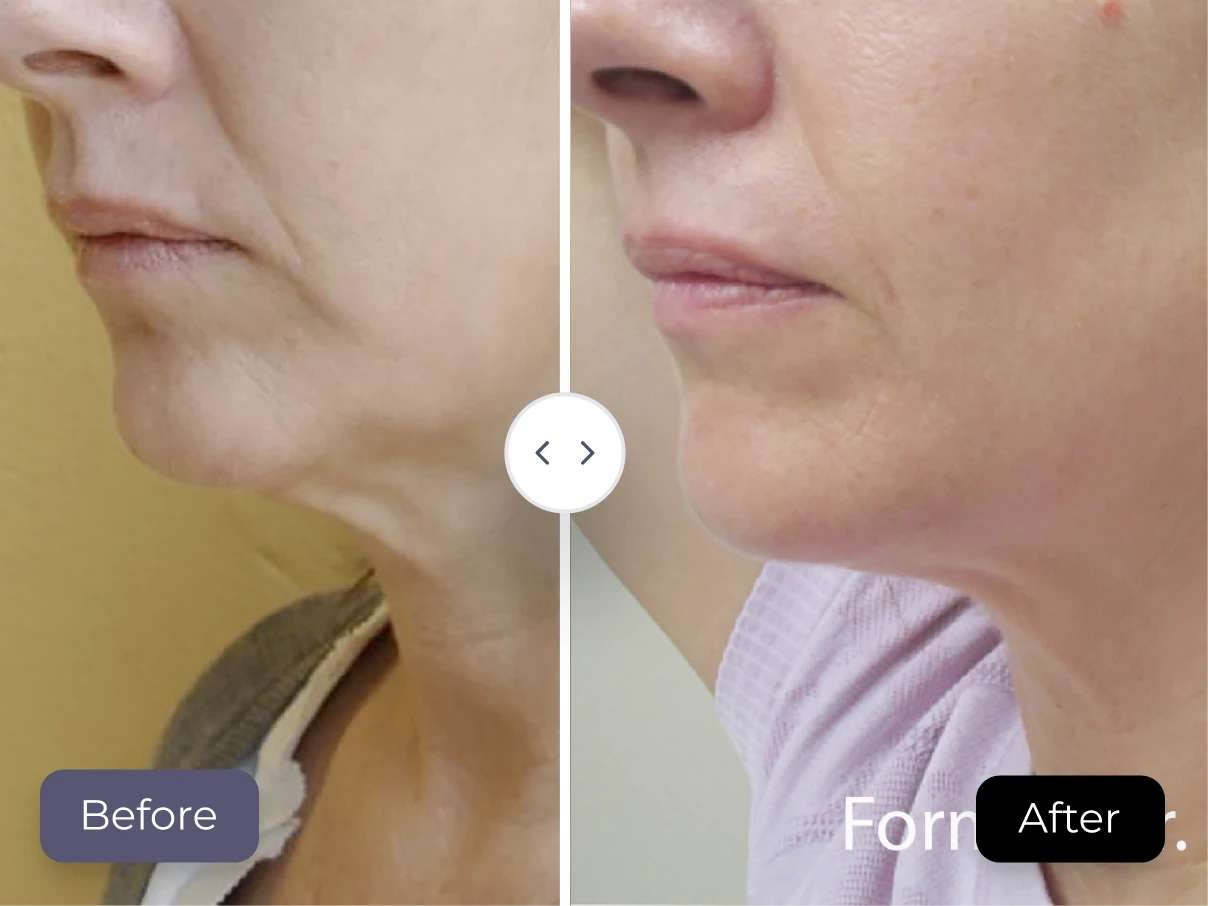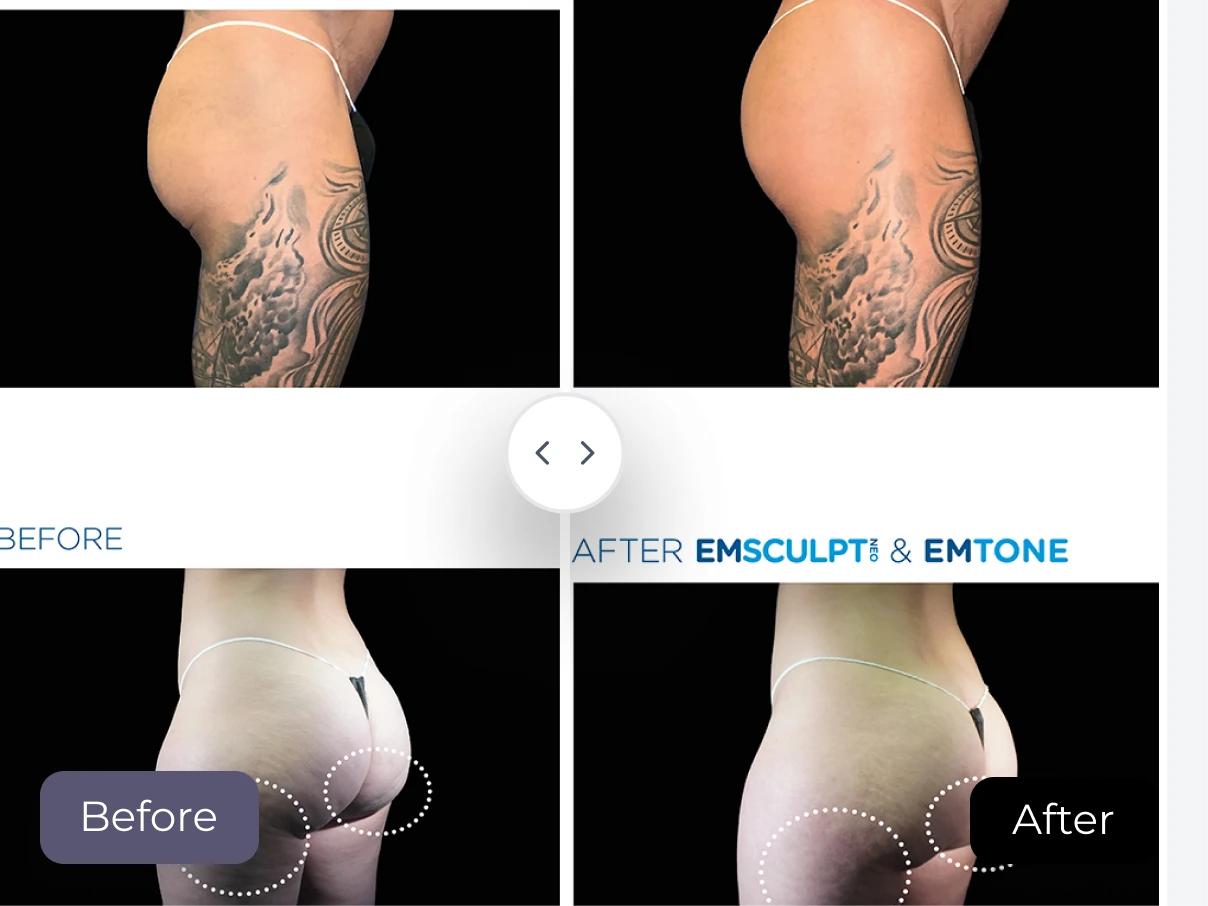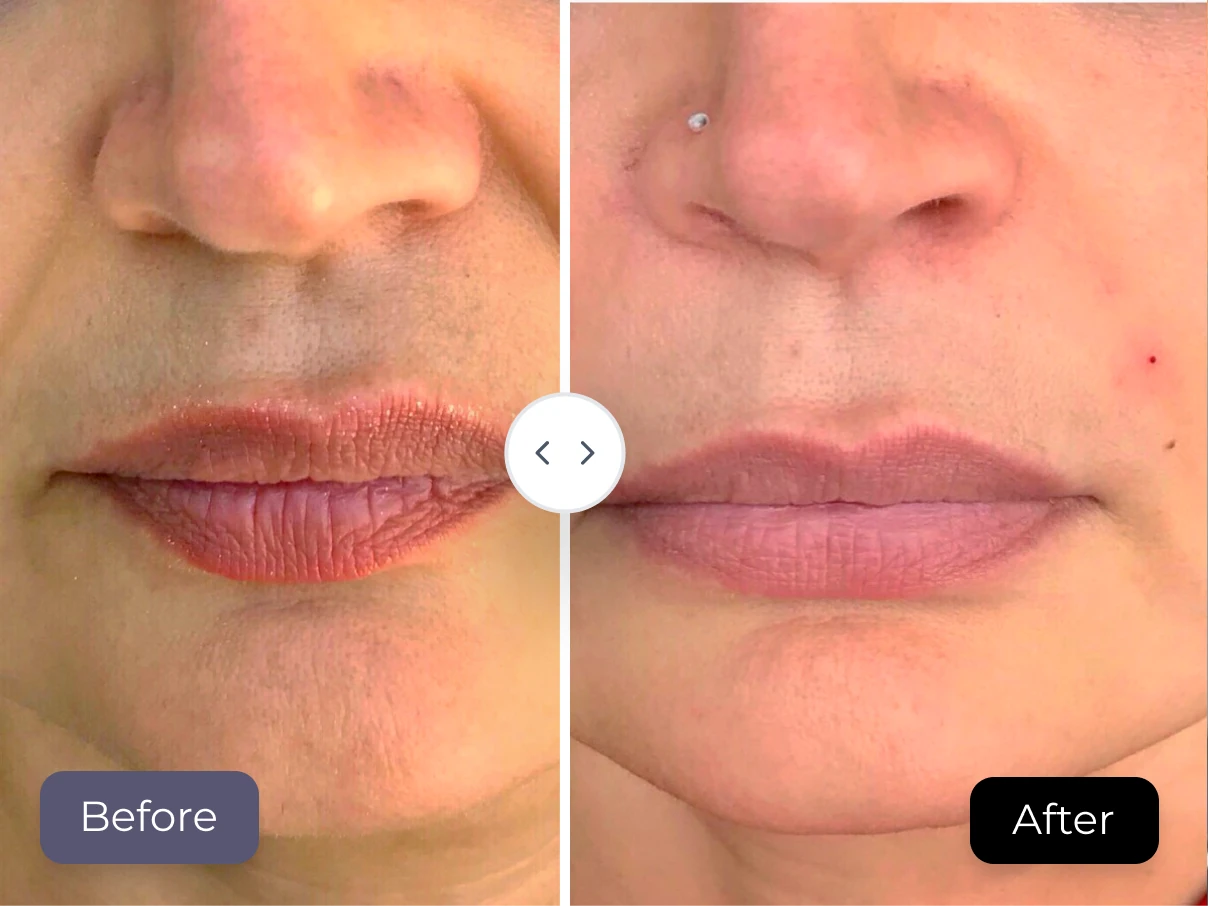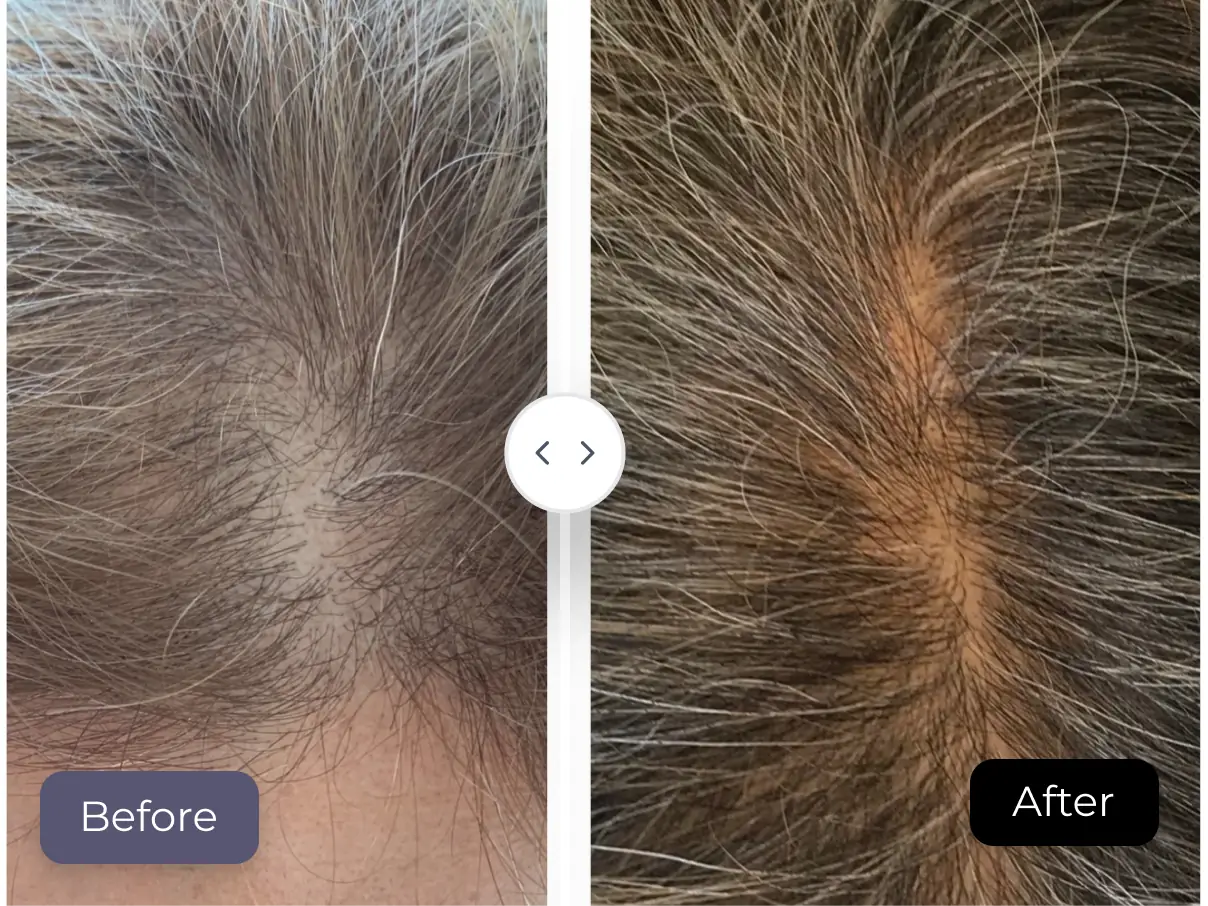Laser skin resurfacing is one of the most effective ways to achieve smoother, younger-looking skin without invasive procedures. Whether you want to reduce fine lines, minimize acne scars, or improve uneven skin tone, laser resurfacing offers transformative results.
At Celebrity Laser Care, we combine advanced technology with expert care, treating each client based on their unique skin needs.
In this blog, we’ll cover everything you need to know about laser skin resurfacing—its benefits, the process, and why Celebrity Laser Care is your top choice for skin rejuvenation.
What is laser skin resurfacing?
Laser skin resurfacing uses targeted lasers to reduce wrinkles, scars, and uneven skin tone, while also tightening skin and removing both benign and malignant lesions. The procedure directs focused light beams at uneven skin, removing it layer by layer.
This process vaporizes the skin’s outer layer, the epidermis, and heats the underlying dermis, stimulating new collagen growth for smoother, firmer skin. Also known as lasabrasion, laser peel, or laser vaporization, this popular treatment offers a rejuvenated complexion.
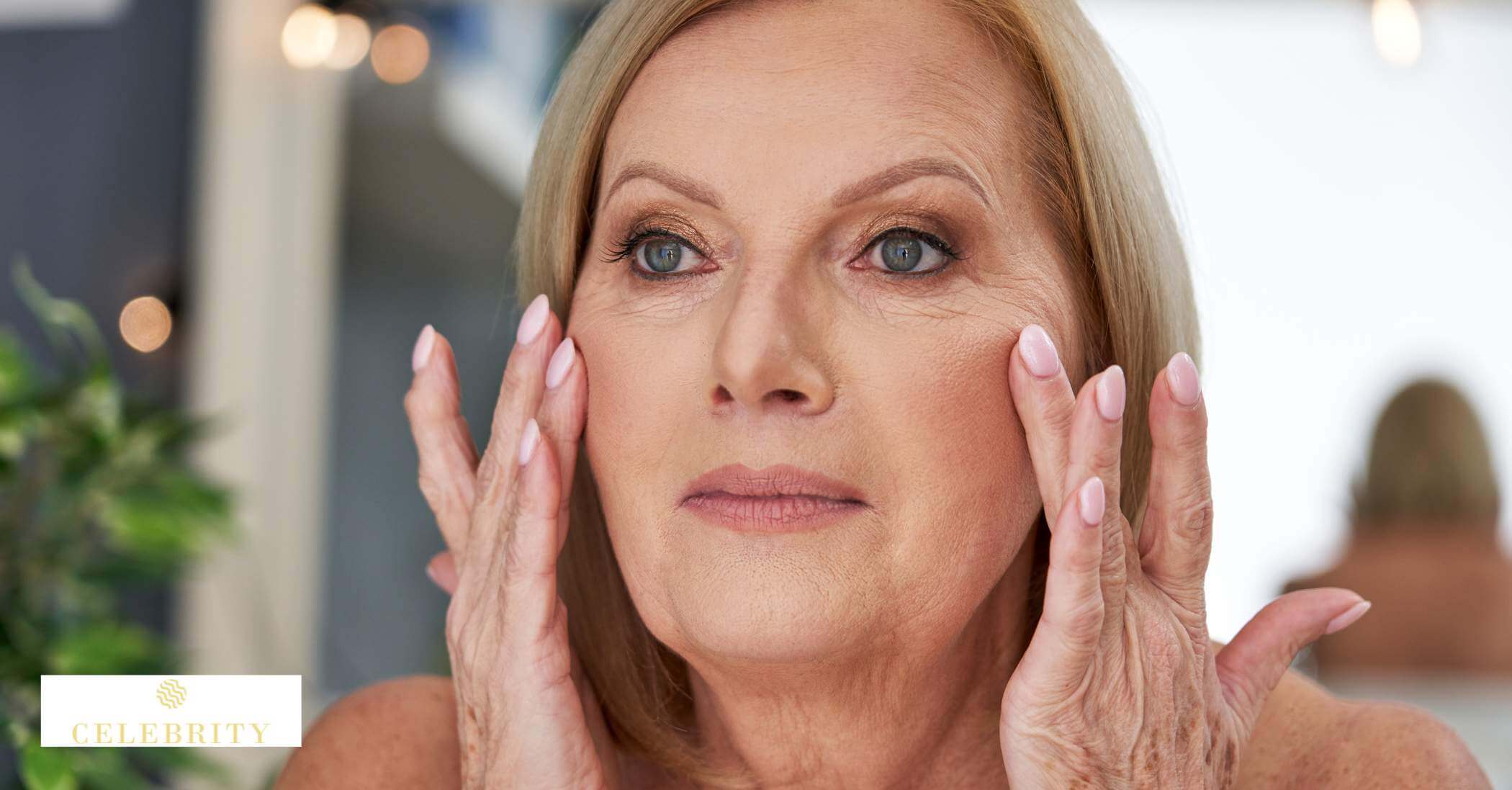
Who is a good candidate for laser skin resurfacing?
You may be a good candidate for laser skin resurfacing if you have fine lines or wrinkles around the eyes, mouth, or forehead, shallow acne scars, or skin that hasn’t improved after a facelift. Other potential candidates include those with warts, age spots, sun damage, enlarged oil glands on the nose, or certain birthmarks.
However, you may not be a suitable candidate if you have excessive sagging skin, deep wrinkles, active acne, are pregnant or breastfeeding, have a weakened immune system, or very dark skin. Some laser techniques can cause inflammation or discoloration in darker skin tones, which may also be more prone to keloid scarring.
darker skin tones (Fitzpatrick Types 4-6) can undergo laser resurfacing with certain lasers specifically designed or adjusted for these skin types (e.g., Erbium, Nd). However, these skin types should still avoid certain lasers (like CO2) unless administered by an experienced professional, as they can lead to pigmentation issues.
To assess your skin type, your dermatologist may use the Fitzpatrick scale, which ranges from 1 to 6 based on melanin levels. For example, skin types 5 or 6 (very brown skin) have a higher risk of hyperpigmentation but may tolerate certain lasers.
It’s essential to discuss your skin type and overall health with your doctor to determine if laser resurfacing is right for you.
What to Expect from the Laser Skin Resurfacing Procedure
Laser skin resurfacing targets the outer skin layer while heating deeper layers to boost collagen production, resulting in smoother, firmer skin.
Preparation: Weeks before the procedure, you’ll receive treatments to help your skin tolerate the laser and reduce the risk of side effects.
On the Day of Treatment:
- Numbing Cream: Your doctor will apply a numbing cream to reduce pain. For large areas, they may suggest a sedative or pain relievers.
- Cleaning: The skin is thoroughly cleaned to remove oil, dirt, and bacteria.
- Laser Application: Your doctor will then use the laser, moving it slowly across the treatment area.
- Aftercare: Finally, the treated area will be covered with protective wraps to support healing.
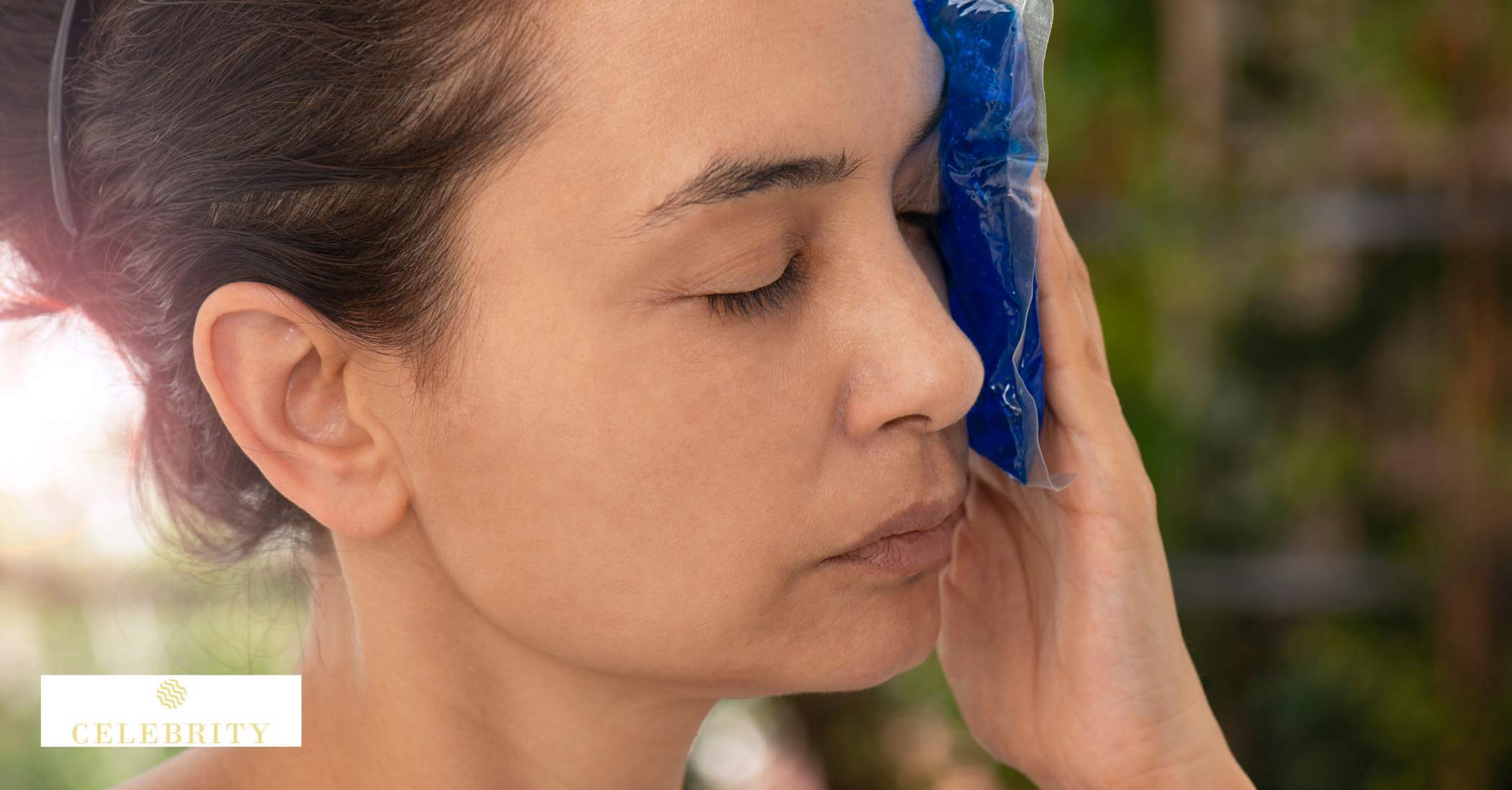
Laser Skin Resurfacing Aftercare
Proper aftercare is essential following laser skin resurfacing, as treated skin may be swollen, sensitive, and more prone to sun damage. Your dermatologist will provide specific instructions for healing, which may include the following:
- Right After Treatment:
- Use ice packs or cool compresses to reduce swelling.
- Keep your head elevated.
- Apply petroleum jelly to protect the skin and reduce irritation.
- Bathe in salt water to promote healing.
- Use dressings to cover and protect the skin.
- Avoid smoking, as it can slow down the healing process.
- Continued Care:
If swelling or irritation persists, your doctor may prescribe a mild steroid cream. In case of infection, antibiotics may be necessary. Consult your dermatologist before using any other products on the treated skin. - Sun Protection:
Sun exposure can increase the risk of hyperpigmentation, and broad-spectrum sunscreen (preferably SPF 50+) is highly recommended. SPF 30 is often a minimum threshold, but higher SPF is preferred.
Using “petroleum jelly” is generally fine but may be more appropriate to suggest “occlusive or recommended healing ointment” to allow for dermatologist-recommended options that are less pore-clogging.
Watch for any signs of infection, such as fever, severe pain, pus, or rash, and contact your doctor immediately if these symptoms occur.
Types of Laser Resurfacing
Laser skin resurfacing treatments vary in intensity and are tailored to address specific skin concerns. Here are the primary types:
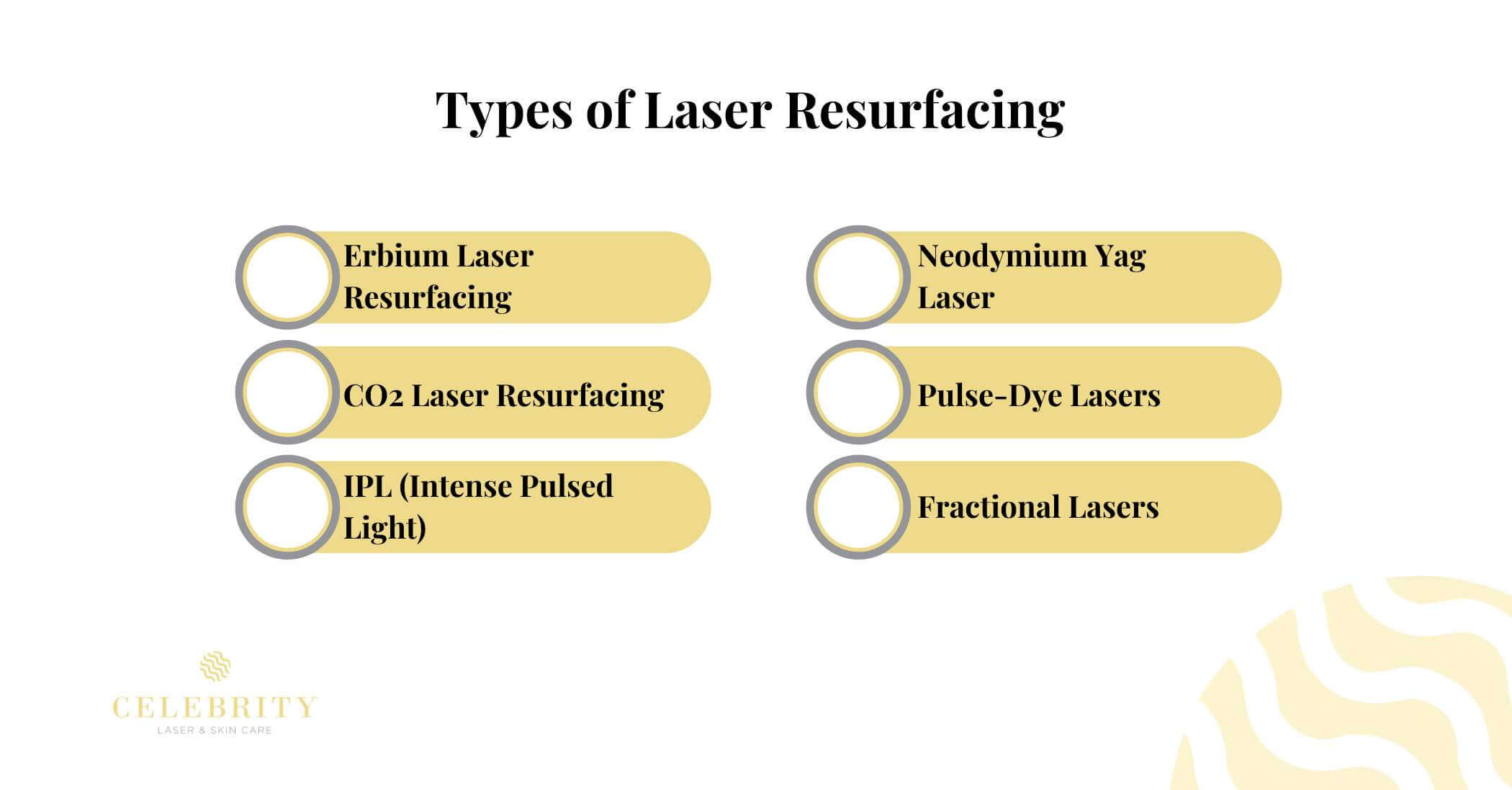
Erbium Laser Resurfacing
Erbium laser resurfacing targets surface and moderate lines and wrinkles on the face, hands, neck, and chest. It minimizes damage to surrounding tissue, resulting in fewer side effects like swelling and redness. Recovery is faster than with CO2 lasers, often taking only a week. This option may be better for darker skin tones, though there’s still a risk of discoloration.
Neodymium Yag Laser
Ideal for darker skin (Fitzpatrick Scale types 4 to 6), the Neodymium Yag laser penetrates deeper into the skin, bypassing melanin in the upper layers. It’s used for hair removal, tattoo and birthmark removal, treating inflammatory acne, hyperpigmentation, and reducing visible blood vessels.
More sessions may be needed, as practitioners often start with lower settings for comfort. Always consult a qualified dermatologist experienced with diverse skin tones.
CO2 Laser Resurfacing
CO2 lasers have long been used to treat wrinkles, scars, warts, and enlarged oil glands. The latest version, fractionated CO2, uses short pulses or continuous beams to remove thin skin layers with minimal heat damage. Recovery can take up to two weeks, and darker skin tones may risk hyperpigmentation or scarring.
Pulse-Dye Lasers
Also known as vascular lasers, pulse-dye lasers treat blood vessel-related skin issues. They reduce redness, hyperpigmentation, broken capillaries, and rosacea by using concentrated yellow light to heat and absorb pigments.
IPL (Intense Pulsed Light)
Though not technically a laser, IPL therapy uses light energy to target specific colors in the skin. It treats scars, sun damage, stretch marks, acne, rosacea, birthmarks, hyperpigmentation, and removes unwanted hair.
Fractional Lasers
Fractional lasers treat small portions of skin at a time, addressing age-related blemishes, hyperpigmentation, acne scars, and wrinkles. Dividing the laser energy into thousands of tiny beams reduces recovery time. Fractional lasers are available as either ablative or non-ablative options.
Conclusion
Laser skin resurfacing is ideal for those seeking smoother, brighter skin. Whether you want to reduce fine lines, acne scars, or uneven texture, this treatment can help. Options include both ablative and non-ablative lasers to suit your needs and lifestyle.
At Celebrity Laser Care, we combine advanced technology with expert care in a luxurious setting, delivering premium results-driven treatments. Our team supports you through every step of the process. Book a consultation on our website today and let us help you achieve your best skin with the finest laser treatments available.
FAQs
1. How long does skin resurfacing last?
Results from laser skin resurfacing typically last 3 to 5 years.
2. Does skin resurfacing tighten skin?
Yes, laser skin resurfacing stimulates collagen production, helping to firm and tighten skin, which naturally loses collagen and elastin with age.
3. Which is better: chemical peel or laser resurfacing?
Laser resurfacing is generally more precise, safer, and often more effective than chemical peels, with a shorter recovery time and less risk of deep damage.

